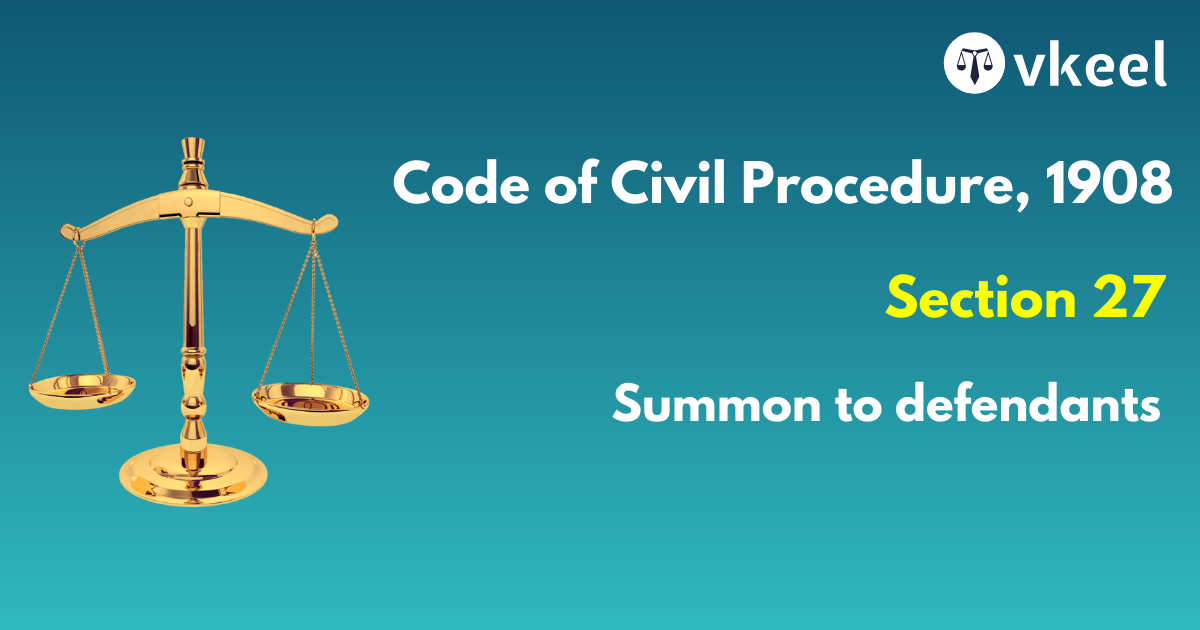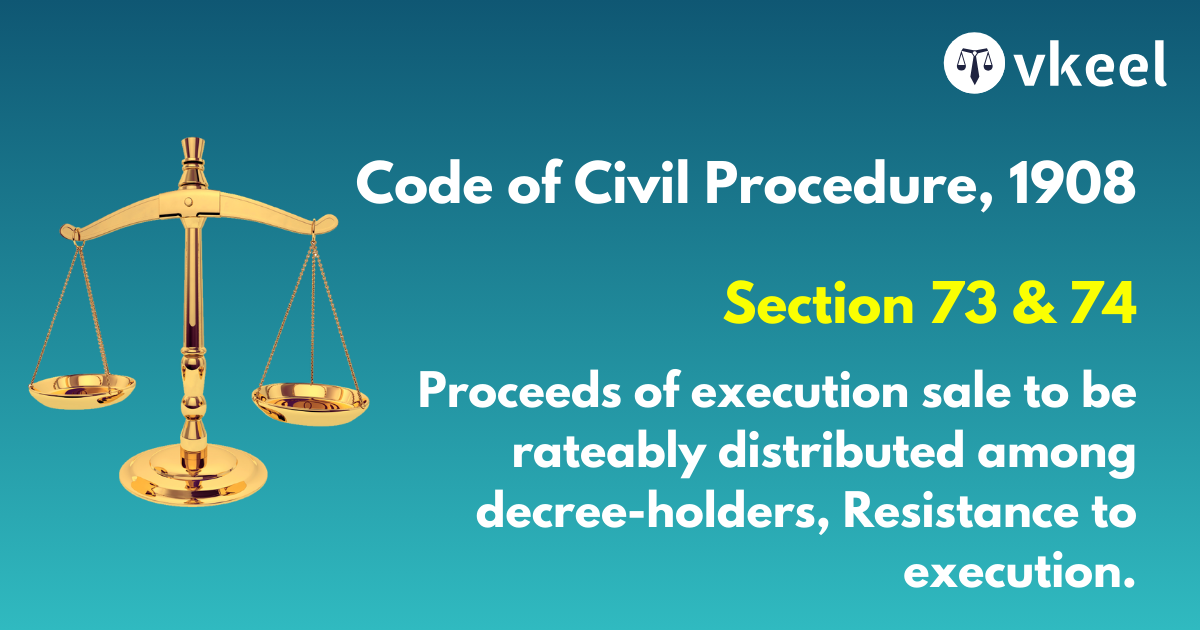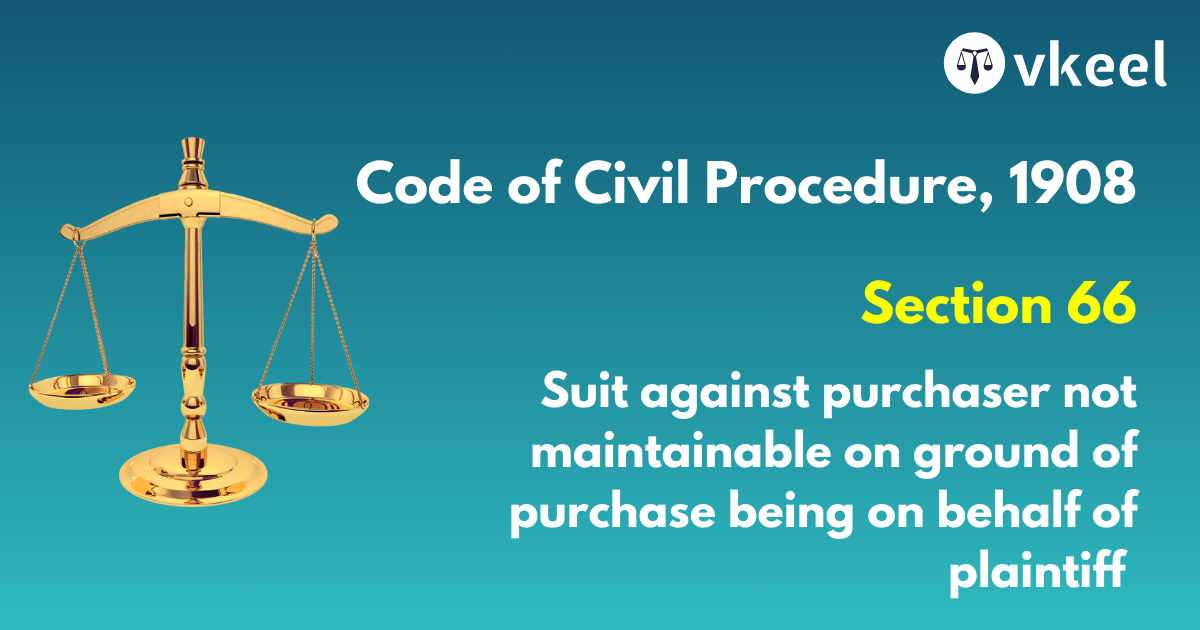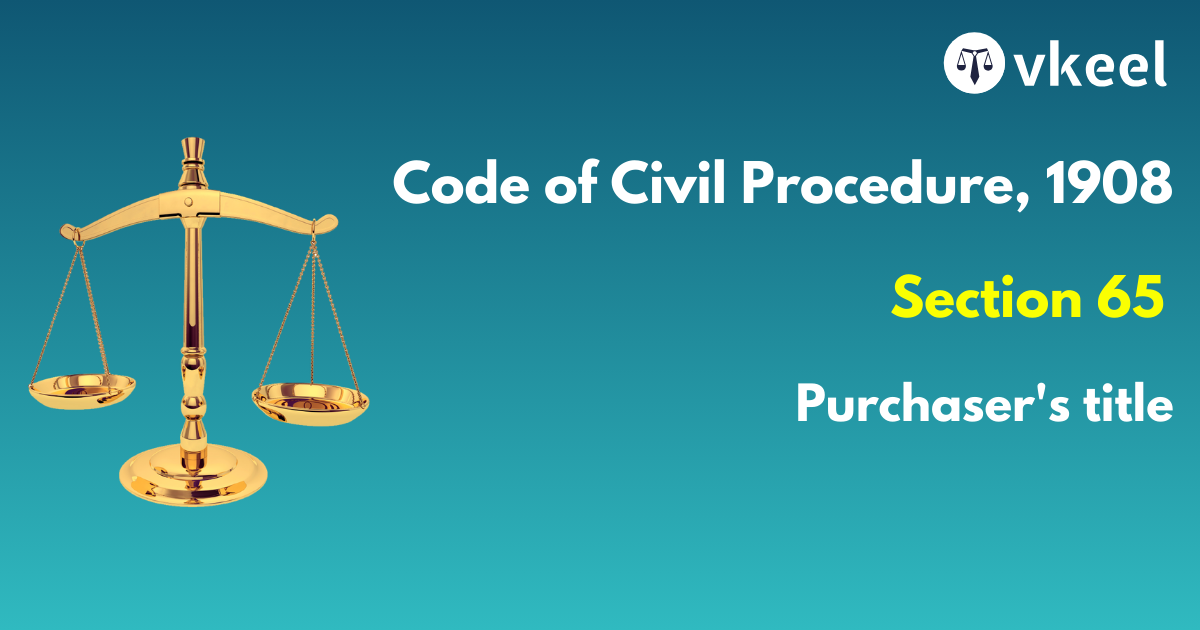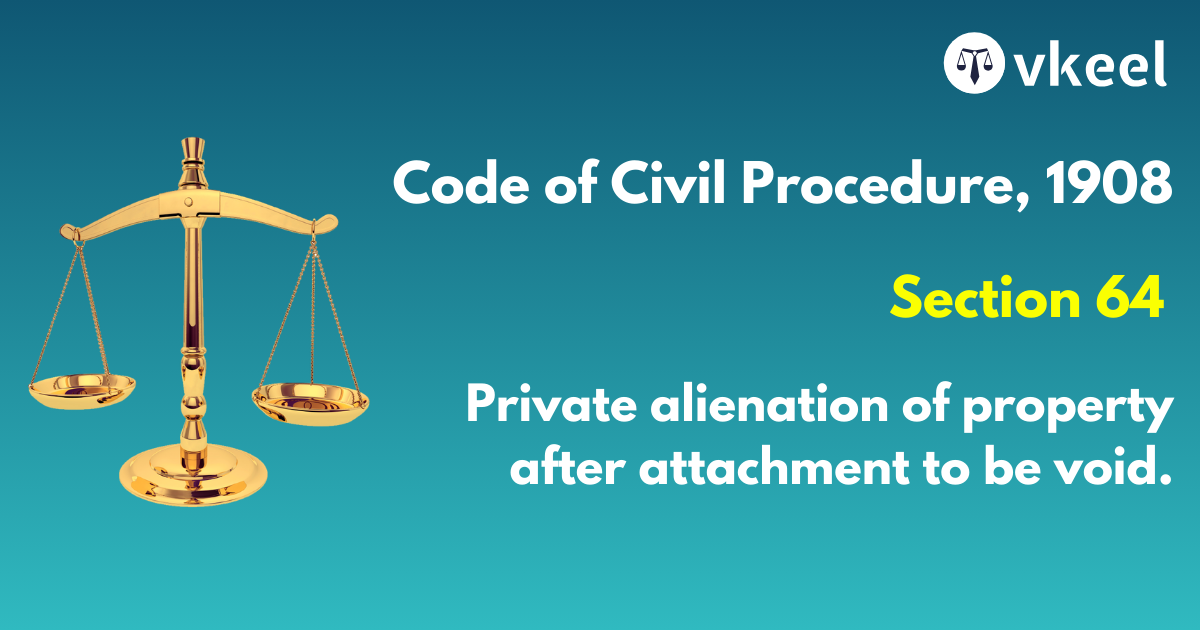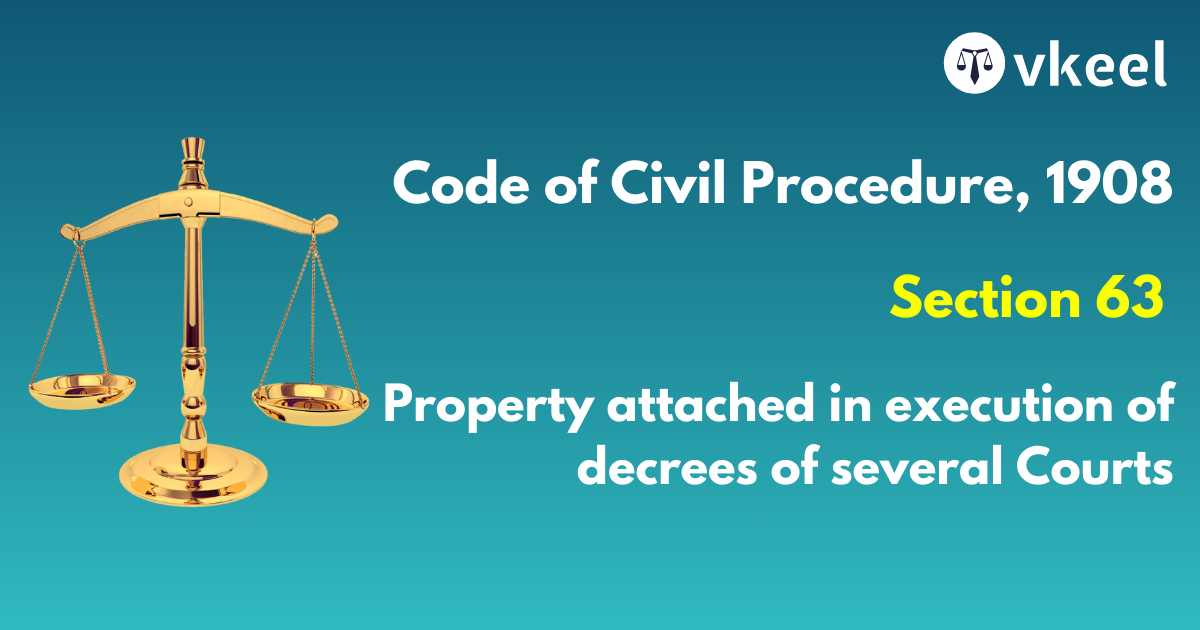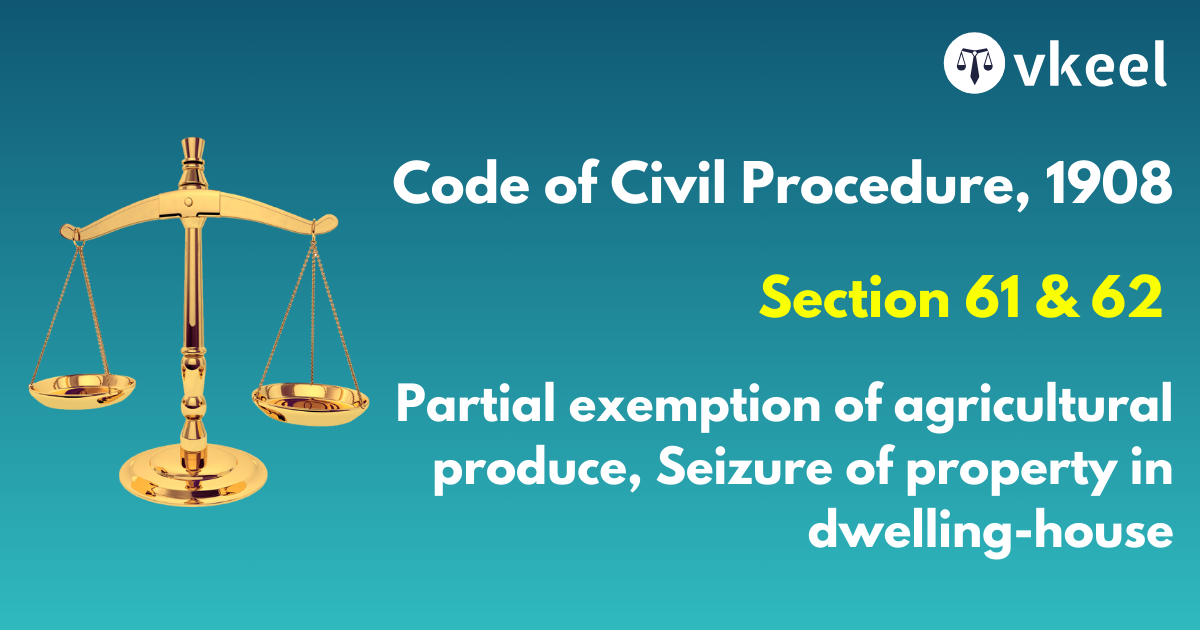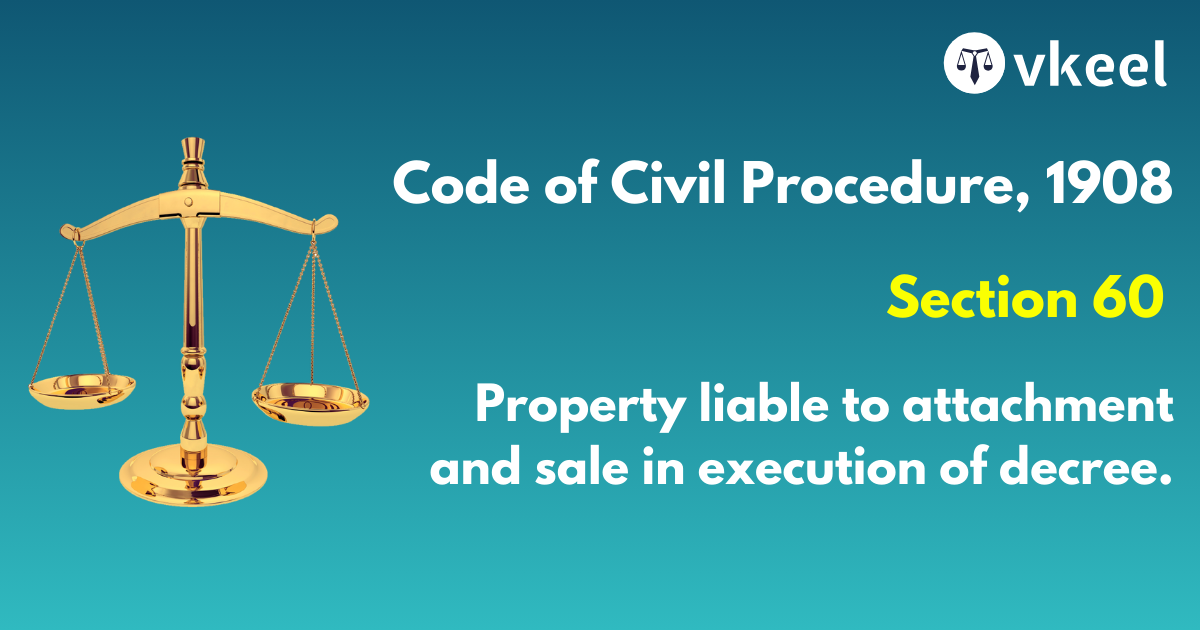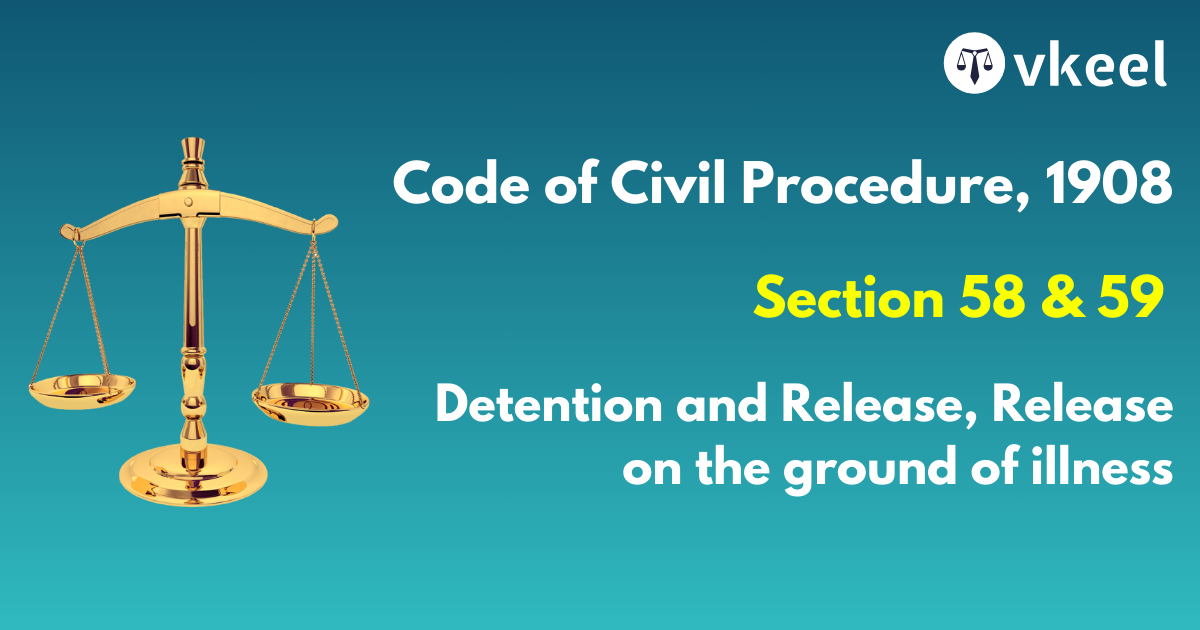Section 27 of the Code of Civil Procedure,1908
By Joy Puri
Introduction
The section 27 of the Code of Civil Procedure opines about the second step towards the suit. When the plaintiff files the plaint in the court of law, the defendants of the respective case are informed and communicated for the same, via summons.
These summonses serve a crucial role in the formation of the case. These summons to the defendant are however circumscribed within a period of limitation of 30 days from the date of institution of the respective suit.
Section 27 of the Code of Civil Procedure,1908
Summon to defendants – Where a suit has been duly instituted, a summons may be issued to the defendant to appear and answer the claim and may be served in manner prescribed on such day not beyond thirty days from date of the institution of the suit.
Landmark Case Laws
Bright Enterprises v MJ Bizcraft LLP, 2017
The use of the expression ‘duly instituted’ has to be seen in the context of the provisions of O VI and O VII of the CPC. The use of the word ‘may’ does not give discretion to the Court and does not make it optional for it to issue summons or not. This is further fortified by the fact that the first proviso to OV, rule 1(1) itself gives a situation where summons must not be issued and that happens when a defendant appears at the presentation of the plaint and admits the plaintiff’s claim. Therefore, in such a situation, there is no requirement for issuance of summons and that is why the word ‘may’ has been used in O V, rule 1(1). In all other cases, when a suit has been ‘duly instituted’ and is not hit by either O VII rule 10 or O VII rule 11 CPC, summons has to be issued to the defendant.
Salem Advocate Bar Assocn, Tamil Nadu v UOI, 2003
If all that is required to be done by a party, has been performed within the period of thirty days, then no fault can be attributed to the party. If for any reason, the Curt is not in a position or is unable to or does not issue summons within thirty days, there will compliance with the provisions of section 27 once within thirty days of the issue of the summons the party concerned has taken steps to file the process fee along with completing the other formalities which are required to enable the Court to issue the summons.
Keshavlal v Manubhai,1968
Section 27 merely lays down the principle of audi alteram partem not affecting the special provisions for summary procedure in suits on negotiable instruments and suits of other categories described in section 128(2)(f).
Ghanshyam Dass & Ors Vs Dominion of India and Ors, 1984
By Section27 of the Code of Civil Procedure (Amendment) Act, 1976 which was brought into effect from February 1, 1977, the existing section 80 has been re-numbered as section 80(1) and sub-section(2) and (3) have been inserted. Sub-section (2). as inserted has been designed to give an urgent and immediate relief against the Government or the public officer with the leave of the Court. But the Court shall not grant relief in the suit, whether interim or otherwise, except after giving to the Government or public officer, as the case may be, a reasonable opportunity of showing cause in respect of the relief prayed for in the suit. Proviso to sub-section(2) enjoins that the Court shall, if it is satisfied, after hearing the parties that no urgent or immediate relief need be granted in the suit, return the plaint for presentation to it after complying with the requirements of sub-section(1).
Cuman Ganoda Kant Roy Bahadur And Vs Subodini Devi,1887
We must presume that to have been done on sufficient materials under the express provisions of Section 27 of the Code of Civil Procedure, under which section, if a suit is brought in the name of the wrong person as plaintiff, the name of the right person may be substituted, provided the conditions of the section are complied with. It is said, however, that that change was made at such a time that, if the suit had been then brought for the first time in the names of the proper persons, it would have been barred by limitation, and the suggestion is that therefore this suit is barred. The answer to that is that this suit is the original suit and was brought in time; tee change of parties as plaintiffs does not affect the question of limitation. There is a difference between substituting a new person as plaintiff under Section 27 and the addition of anew person as a defendant to a suit.
Conclusion
The section 27 of the Code of Civil Procedure thereby fulfils the procedural steps of the suits and plays a vital role thereof.
The amendments and the limitations made in the section 27 of the Code of Civil Procedure aims to finish the delivery of justice within a time bound manner.
Disclaimer:
The information provided in the article is for general informational purposes only, and is not intended to constitute legal advice or to be relied upon as a substitute for legal advice. Furthermore, any information contained in the article is not guaranteed to be current, complete or accurate. If you require legal advice or representation, you should contact an attorney or law firm directly. We are not responsible for any damages resulting from any reliance on the content of this website.

